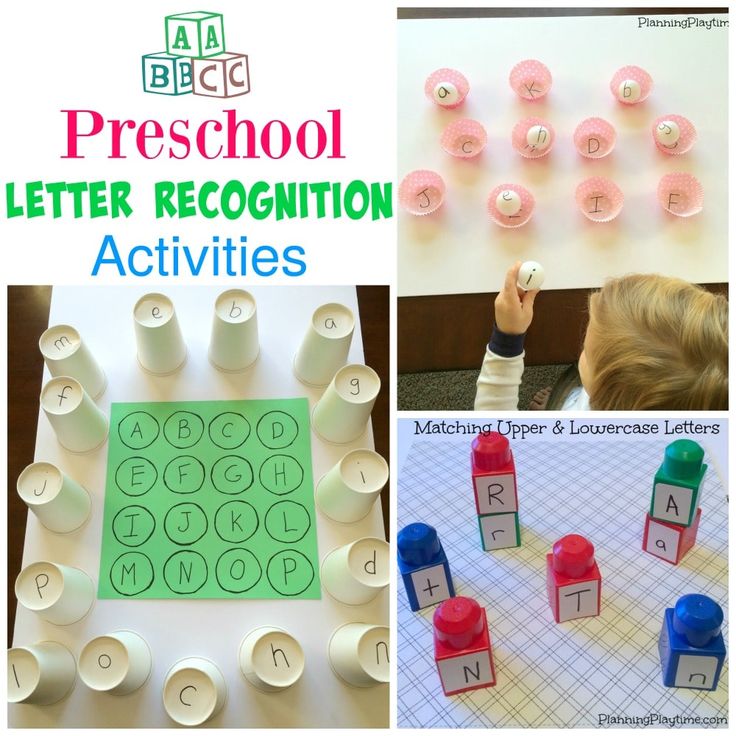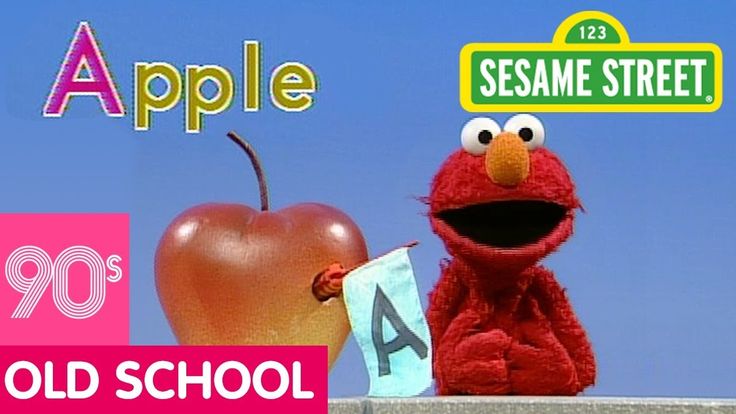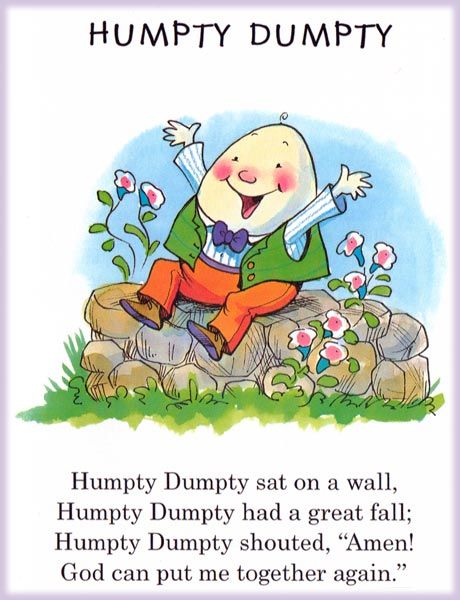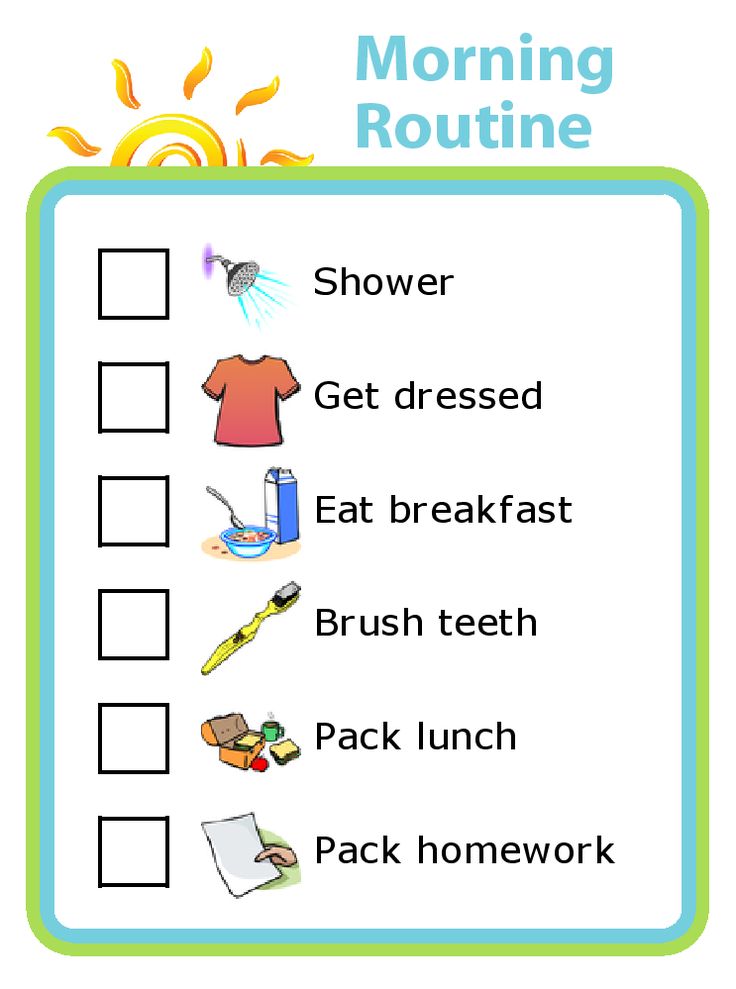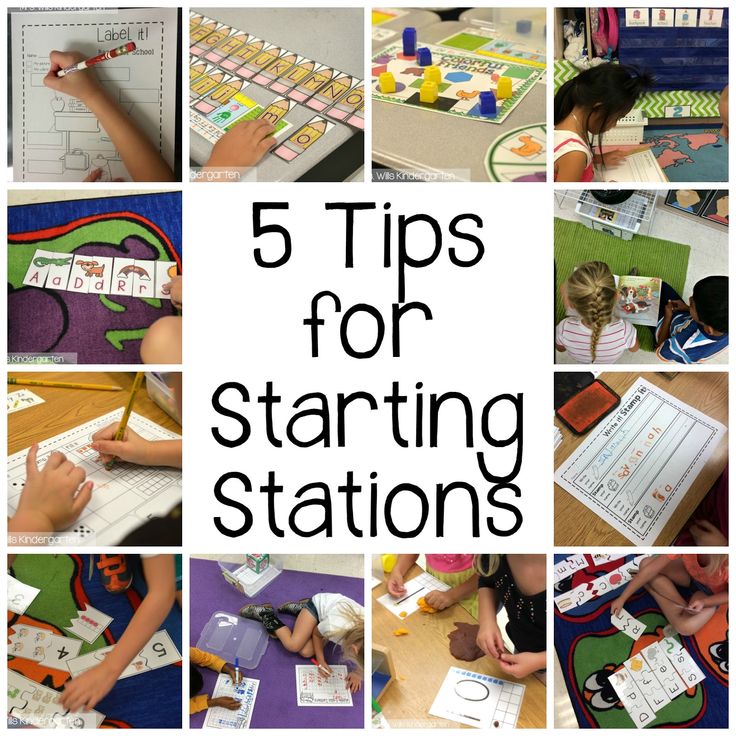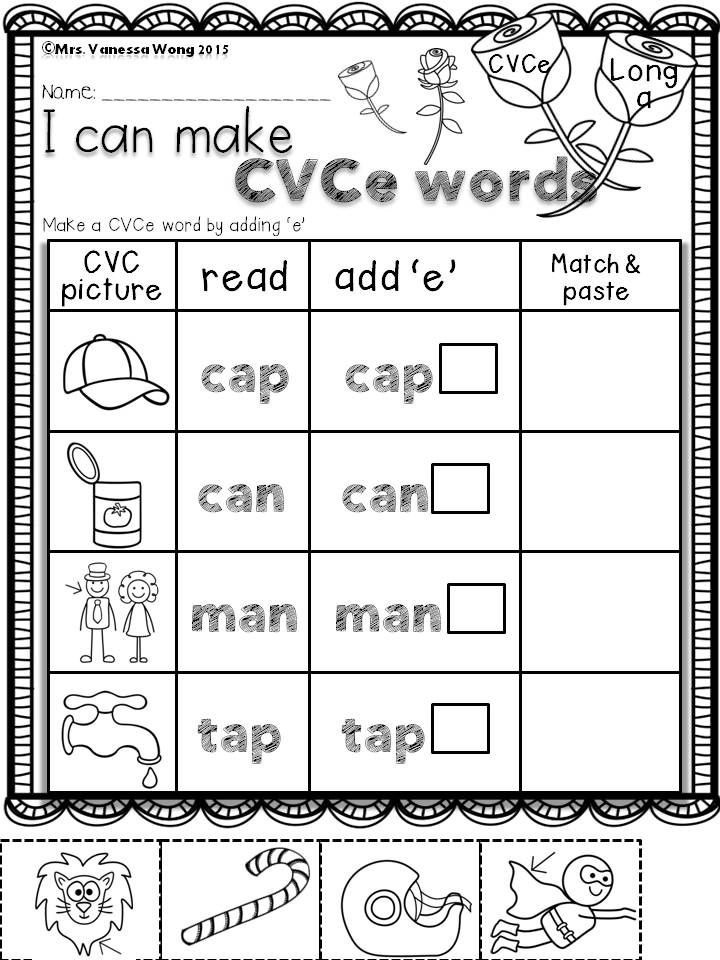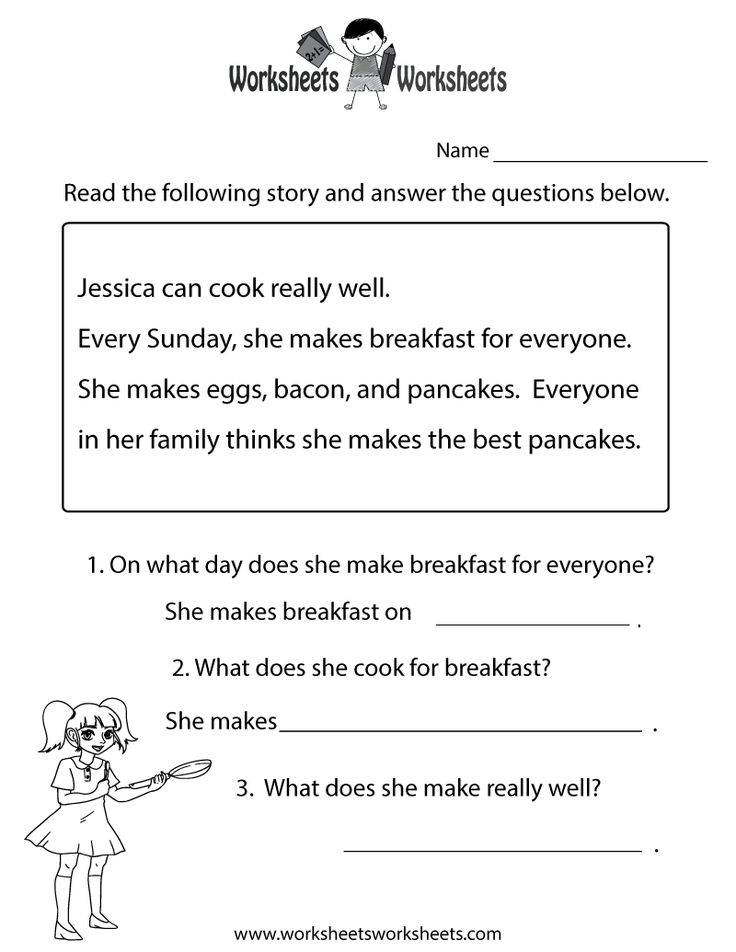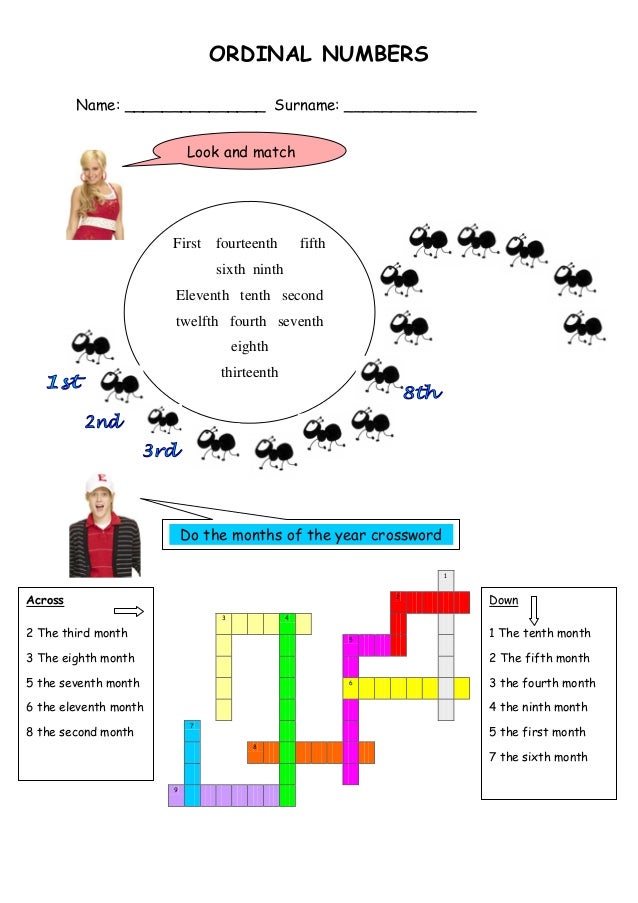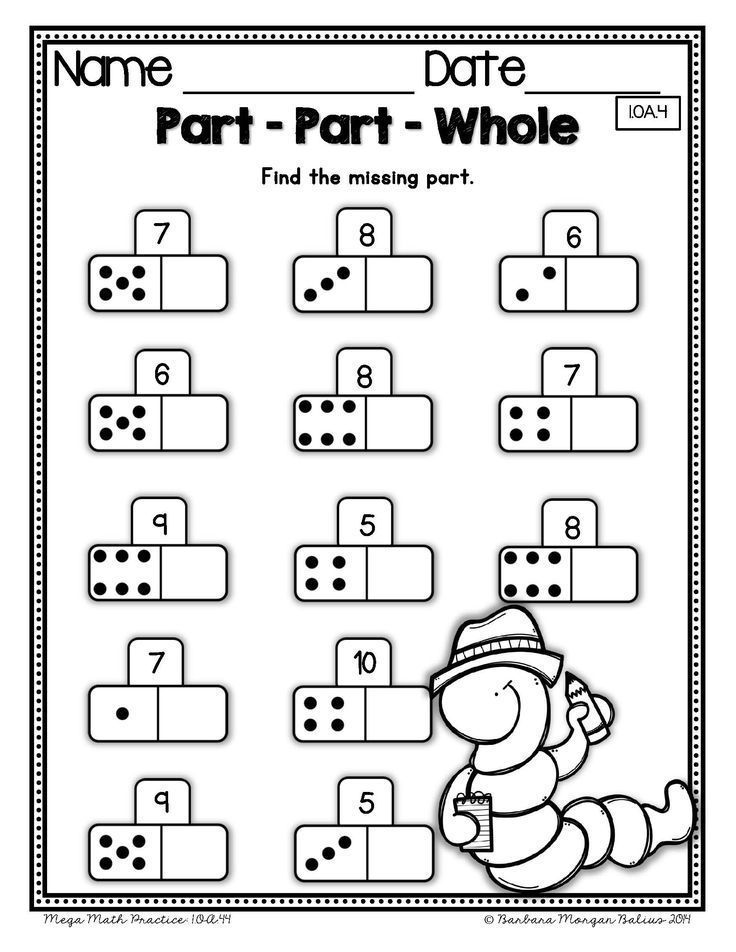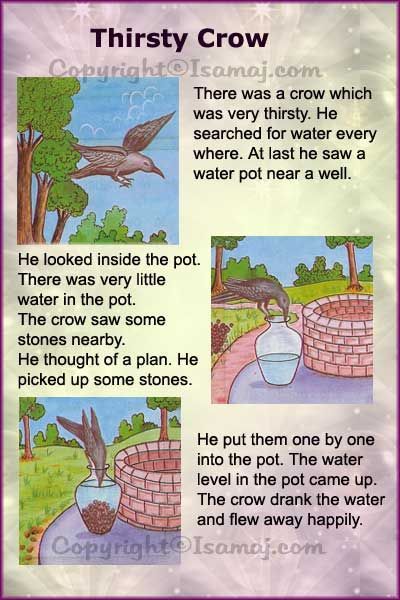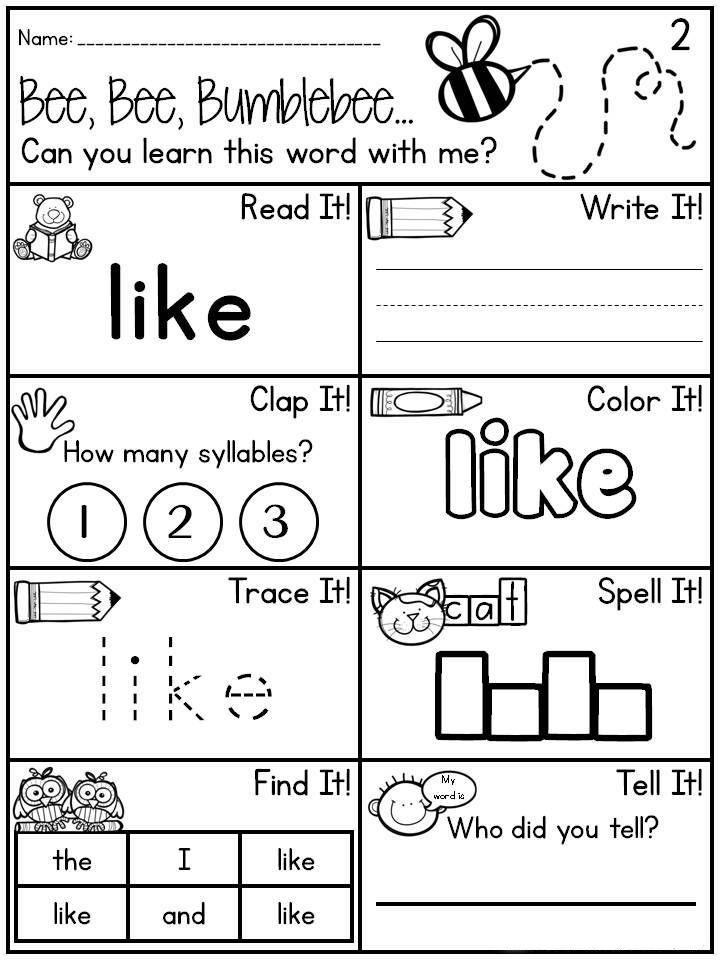Letter recognition games
Letter Recognition Game
19 shares
- Share
- Tweet
If you are teaching letter recognition to your kids, grab this free printable Letter Recognition Game!
Playing games like this one is a fun way for your preschoolers and kindergarteners to practice learning the ABC’s.
Your children will not only work on naming capital and lowercase letters but many developmental and social skills too.
This alphabet game can be played with a partner or small group in any elementary classroom or homeschool.
It’s entertaining letter recognition activity to add to your literacy centers or morning tubs.
You can use this game as an enrichment activity for early finishers or as intervention resource too.
What You'll Find On This Page
This post may contain affiliate links. Please read our disclosure here.
What’s Included:
- 26 Capital Letter Cards
- 26 Lowercase Letter Cards
- 20 Word Cards
What Else Is Needed:
- Card Stock
- Laminator
- Laminating Pouches
- Scissors
To set up this letter game for your kids, fill out the form at the bottom of this page.
Next, download and print the cards on card stock. As an option, you can print the yellow star paper on the back of the cards.
Then, laminate the printables and cut the cards apart.
You can store this game in a small bag or box for an easy literacy activity to set up or take on the go.
Ways To Use The Letter Recognition Game:
To play this alphabet game, one player will select a card and say the name of the capital or lowercase letter on it.
Then, the next player will pick a card and identify the letter on it.
All of the players will continue taking turns selecting a card and saying the letter of the alphabet.
When a player picks a word card such as “bam,” “splat,” or “boom.” He or she puts all of his or her cards back into the pile.
The game ends when there aren’t any more cards remaining in the pile. The player with the most cards wins!
If your kids already know the names, they can say the sounds that the letters make when they pick a card.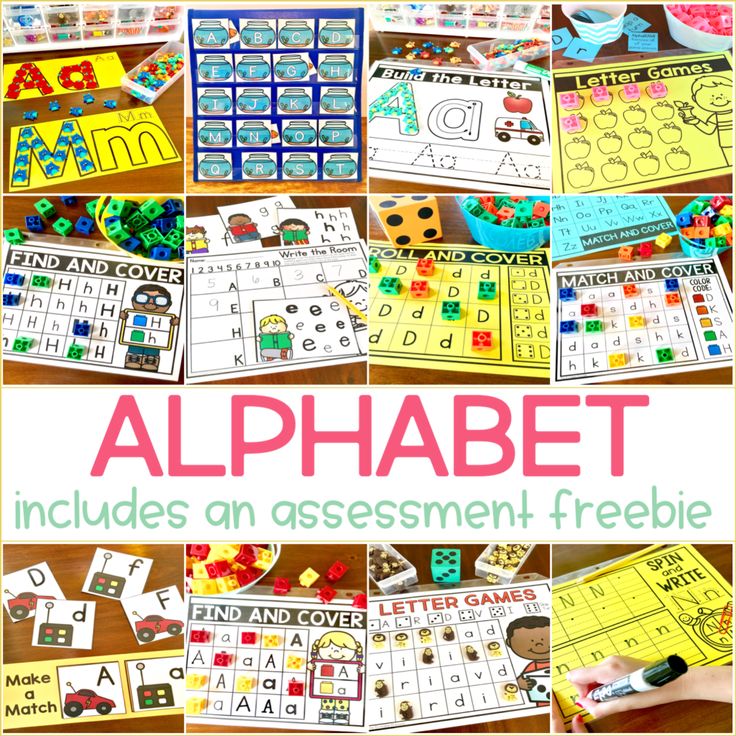
More Letter Recognition Resources for Kids:
If your kids enjoy this activity, they are sure to like these alphabet games too:
- Magnetic Letter Bingo Game
- Dump Truck Alphabet Game from Homeschool Preschool
- Doughnut Shop Letter Recognition Game
- Alphabet Letter Board Game from PreK Pages
- ABC Bingo Game
These printable letter recognition games will help your kids practice the skills and concepts that they are learning.
Why Should Kids Play Alphabet Games?
Playing games makes learning fun! Not only will your children learn and practice concepts like naming the letters of the alphabet.
But, they will also work on social skills such as taking turns, verbal communication, sharing, and much more.
Board and card games help your kids to develop their visual discrimination and fine motor skills too.
You May Also Like These Letter Recognition Activities:
Download the Letter Recognition Game:
To download the printables for the letter recognition game, fill out the form below:
Letter Recognition Games
21 shares
- Share
- Tweet
Are you teaching letter recognition to your preschoolers and kindergarteners? Make it fun with these Letter Recognition Games!
These board and card games are an entertaining way for your kids to practice identifying letters by their names and shapes, matching capital and lowercase letters, and much more!
Not only will these alphabet games help your children learn and review the letters of the alphabet and other reading skills.
But, they will also work on developing their fine motor skills as they spin the spinner, roll the dice, pick up cards, and move their piece around the board.
What You'll Find On This Page
Why Are Play Games Important For Kids?
While playing these games, your preschoolers and kindergarteners will practice the letter recognition concepts that you are teaching them.
Working on these concepts will help your kids become confident with their letter knowledge and other pre-reading skills.
Through play, your young learners will also work on many different development skills that will help them as they learn to read and write.
Playing games is also a great way for your children to learn skills such as cooperation, taking turns, problem-solving, strategic thinking, and much more!
How Can These Alphabet Games Be Used?
This post may contain affiliate links. Please read our disclosure here.
If you are a preschool or kindergarten teacher, you can add these alphabet games to your morning tubs or literacy centers.
First, teach your students how to play the game during whole-class instruction or in small groups.
Depending on the games, your kids can then play them independently or with a partner.
If you are a homeschooler or a gameschooler, you can add these games to your lesson plans as a way to teach your children the letters of the alphabet.
You can pair many of them with books including The Very Hungry Caterpillar by Eric Carle or H Is for Hook: A Fishing Alphabet by Judy Young.
These Letter Recognition Games are a fun way for your preschoolers and kindergarteners to learn and review the letters of the alphabet and much more!
More Letter Recognition Games:
If you are looking for more letter recognition activities for your kids, try these engaging and entertaining games!
Fly Swatter Alphabet Game
10 Fun Games with ABC Pretzels from Books and Giggles
Apple Alphabet Game
Dump Truck Alphabet Game from Homeschool Preschool
ABC Bingo Game
You May Also Like This Letter Recognition Activity:
These Find The Letter: Alphabet Recognition Worksheets are a fun, hands-on way for children to practice recognizing lowercase and capital letters.
These spot and dot printables will also help your children work on visual discrimination and fine motor skills too. Click on the link or picture to learn more!
What is your favorite letter recognition game to play with your preschoolers and kindergarteners?
17 alphabet games
A rare child gets acquainted with the alphabet only at school. Modern parents strive to show the letters to the baby and teach them to distinguish them as early as possible. How can I do that? Of course, in an entertaining way! Educational psychologist Samira Filatova talks about games for learning the alphabet for preschoolers.
Samira Filatova, teacher-psychologist of the Academic Gymnasium of St. Petersburg State University
Acquaintance with letters
I would conditionally divide all the ways of learning the alphabet into exercises "at the desk" (they are usually given in teaching aids), outdoor games and those that are aimed not only at memorizing letters, but also at developing fine motor skills, creativity, creative abilities.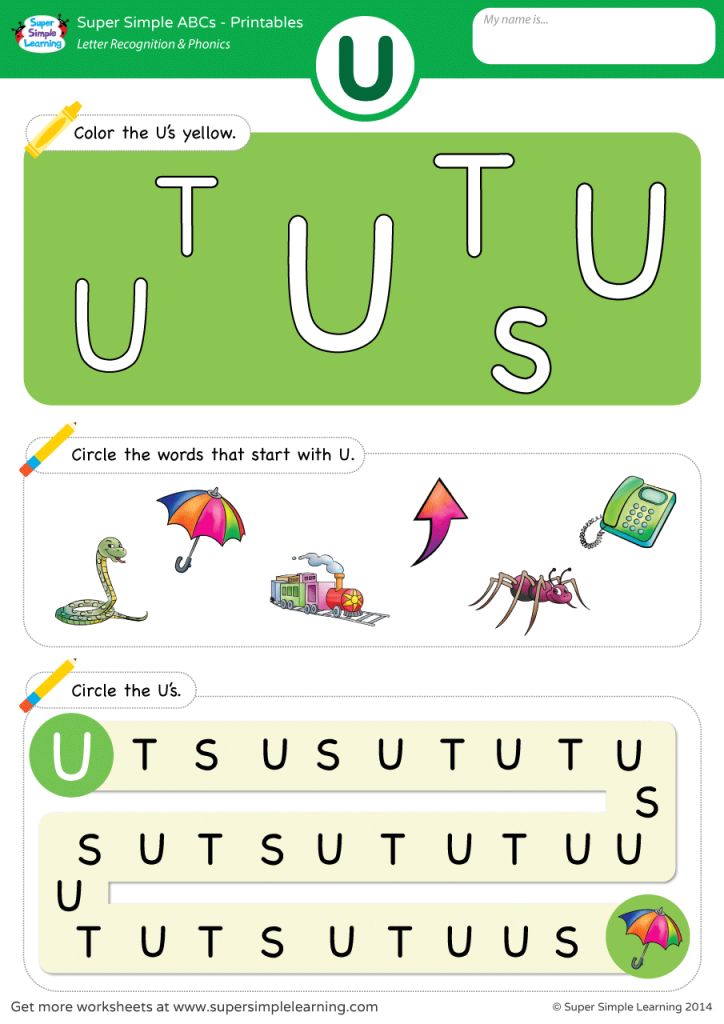 And each child at a different time may come up with all these methods.
And each child at a different time may come up with all these methods.
The first thing to do to get to know the letters is to hang the alphabet on the wall. Most often, you can find options with the image of objects whose names begin with the specified letter. Better yet, an alphabet with sound effects. It is desirable that not the letters of the alphabet are pronounced, but the sounds that they designate, that is, not "Ka", but [k]. It is believed that thanks to this approach, it will be easier for a child to learn to read.
So, the acquaintance with the letters has happened, now you can start memorizing them. The game is the best for this. After all, the game is the leading activity in preschool age. Learning through play is effective and, with the right approach, will not tire the child.
At-the-Desk Exercises
You can purchase special manuals, print them off the Internet, or even draw the letters yourself. What kind of assignments can you come up with?
Find the desired letter among other letters .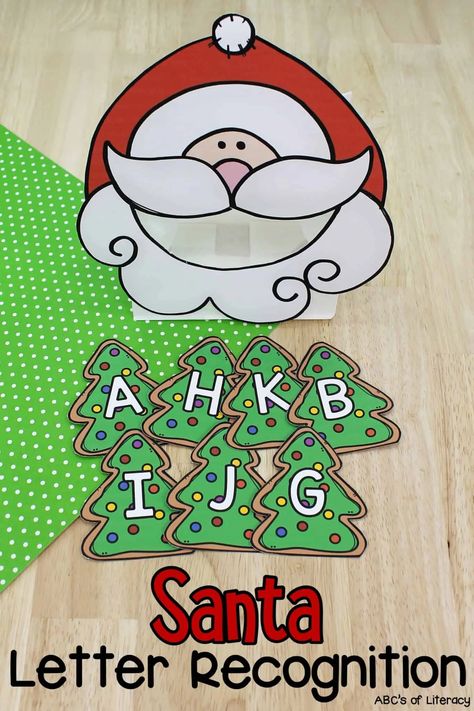 Arrange the letters randomly on a piece of paper. Name any of them, and the task of the child is to find it. It happens that children themselves name the letter they want to find. In this case, do not refuse them.
Arrange the letters randomly on a piece of paper. Name any of them, and the task of the child is to find it. It happens that children themselves name the letter they want to find. In this case, do not refuse them.
Find the correct letter in the drawing . The task differs from the previous one in that the letters are, as it were, built into the picture. For example, a house, trees, flowers, swings are depicted. The letter "P" can be window sashes or swings; the letter "M" - grass; the letter "K" is hiding in the branches of trees. A more difficult version of this game is to find objects in the picture that begin with the desired letter.
Find letters of the same color, size, name them. Letters of different sizes and colors are “scattered” on a sheet of paper. The child needs to find all the letters that are the same according to the given criteria and name them. A more complicated option is to change the orientation of the letter in space.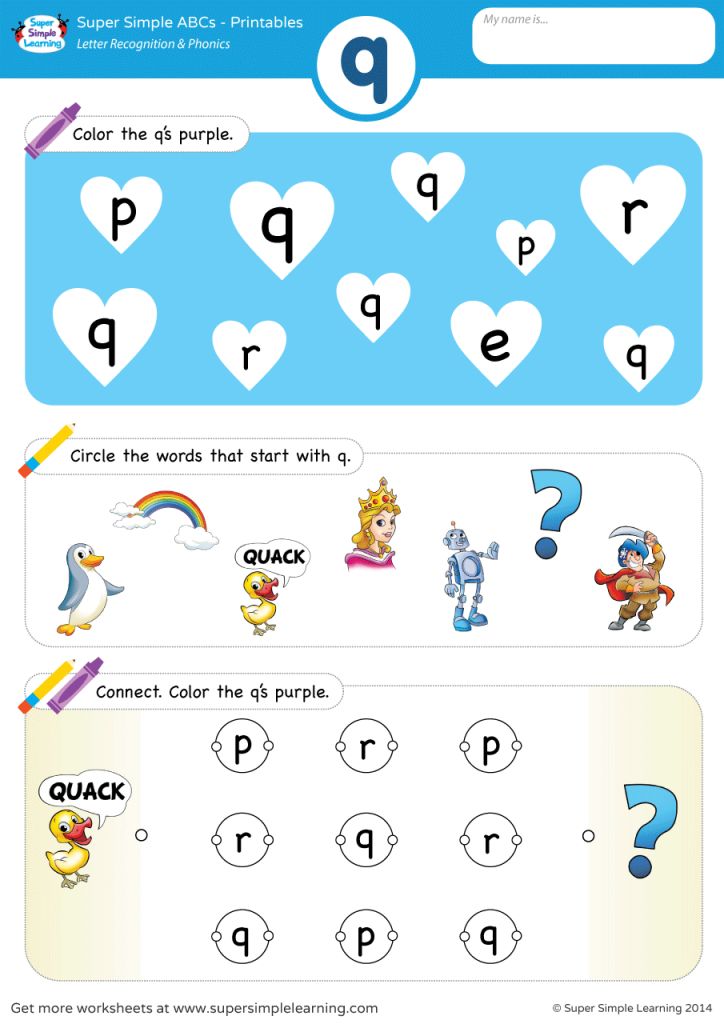 Then the variant of the task may be as follows: "Find all the letters that lay on the left side."
Then the variant of the task may be as follows: "Find all the letters that lay on the left side."
Assemble the letter as a mosaic . Write the letter so that it occupies the entire sheet, color and cut it into squares, triangles, any shapes. You can also entrust this to the baby if he already knows how to use scissors. In this case, you need to make the markup with a dotted line to make it easier for him to cut. The task of the child is to put the letter back from these figures.
What else can you do with letters on paper? Coloring them, tracing them with a dotted line - there are many options for action.
I would also include in this group the game "Memory" , in which you need to find the same letters. You can complicate it: name not only the matching letters, but also the words that begin with them. Picture Lotto is also great for learning the alphabet.
Those who have already mastered the letters can try to start reading.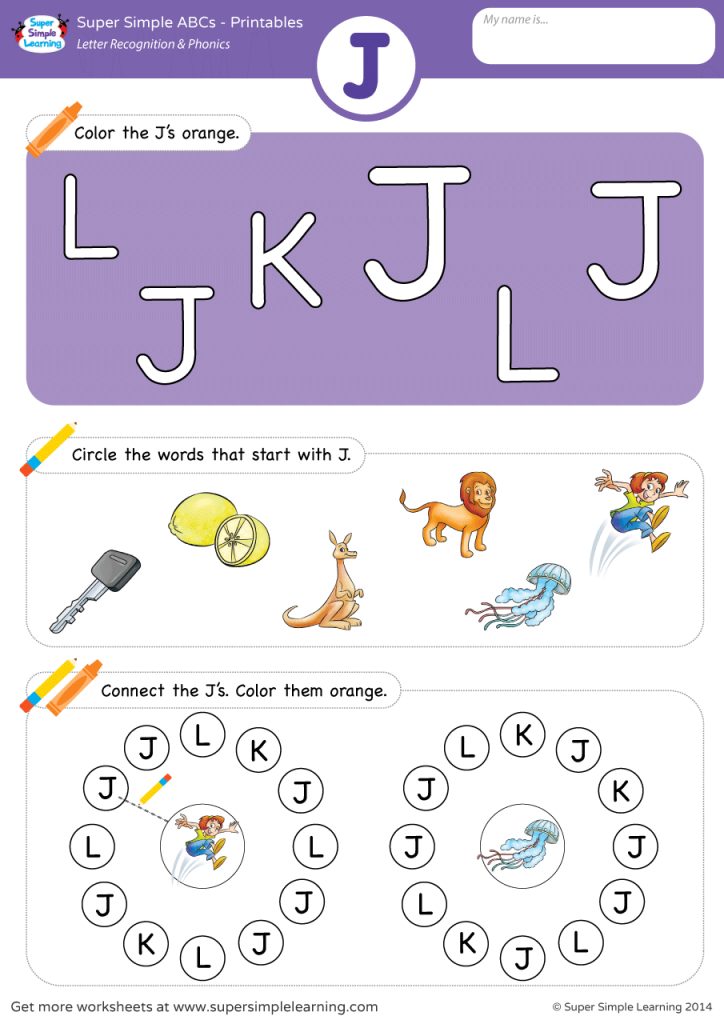 It will be very useful for learning syllables "Cashier of letters and syllables" . You can buy it in the store or print it yourself from the Internet. How to play with her?
It will be very useful for learning syllables "Cashier of letters and syllables" . You can buy it in the store or print it yourself from the Internet. How to play with her?
Prepare pictures of animals and objects, select cards with letters and syllables and ask the child to match them. In the future, you can complicate the task: give children syllables in the wrong order (for example, “Ka” and “Mouse”, which he must match with the image of a mouse, for this he will have to rearrange the syllables). I would mark this task as one of the most useful. Teachers recommend teaching children not only by choosing the right solution, but also by searching for inconsistencies, inconsistencies, and wrong answers. This develops the ability to analyze, and in the future - the ability to critical thinking.
Creative games that help develop fine motor skills
Here the kid will make letters on his own : sculpt them from plasticine or dough, decorate cardboard blanks with coins, buttons and beads, make crafts from improvised means (designer, twigs, leaves, cotton swabs, sweets ).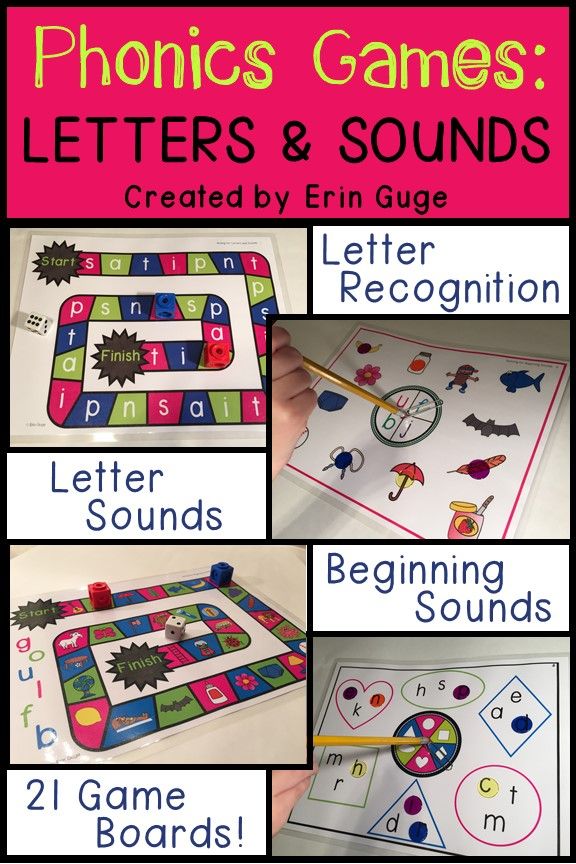
Have your child draw letters on the sand (you can use kinetic). Working with sand is useful for the development of fine motor skills, as well as for optimizing the psycho-emotional state. Let the kid choose what he wants to draw. Show by your own example what needs to be done: start writing short words or names in the sand, you can add a beautiful ornament and write the letters themselves in a special graceful handwriting.
Children love to play with magnetic letters . Try leaving short messages to each other by posting them on a refrigerator or a magnetic board, or compete to see who can write the longest word or the most short ones.
You can combine these options: bury plastic letters in kinetic sand, and then, while digging, name them. An "advanced" option is to invent fairy tales about these letters.
Use interactive books in which the child presses on a letter and hears the corresponding sound. But before you bring such a book home, make sure that the sounds in it are pronounced correctly.
But before you bring such a book home, make sure that the sounds in it are pronounced correctly.
Outdoor games
Print letters on sheets of paper and stick them on furniture and walls. The task of the child is to find the letter , which you will name.
Use blocks with the letters that you probably already have in your home. It is interesting to play this game with several children at once: the host rolls a die, and the players name and depict an animal or object with the letter that has fallen out.
I will share my own experience of how I played with my daughters. At first, the girls laid out large 9s in a chaotic manner on the floor.0023 soft puzzles with letters . Then I called them in turn the letters on which they should stand. The one who does not make mistakes wins. This game is also interesting because the letters can be arranged as you like: on their sides, upside down. At the same time, children learn to recognize the outlines of a letter, regardless of its orientation in space.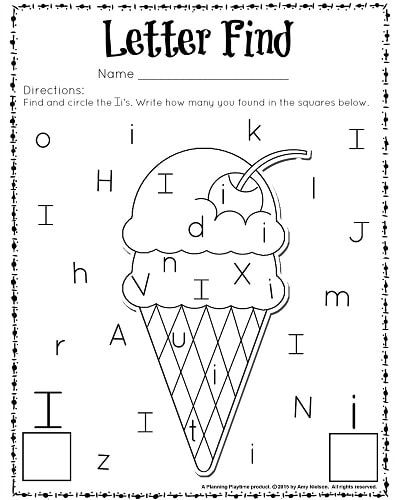
Whatever games you choose, it is important that they are interesting for the child. If he doesn't want to play them, gets distracted, you can't insist. Look for other game options or wait for a more suitable occasion.
Read also:
7 opinions of psychologists about homeschooling
Edutainment is the best educational format, and that's why
Why it is so important to read aloud to a child Kuzmina/Shutterstock.com
childreneducationdevelopmenthelpful tips
Word game for traveling with kids: 15 best options
In the summer we always go somewhere. To the cottage by car, on vacation by train or plane. If you have children with you, there must certainly be games at the ready that you can play right without getting out of your chair. How about word games? How much do you know?
1. The Twins (Doublets)
The game D oublets is said to have been invented by Lewis Carroll, the author of Alice in Wonderland.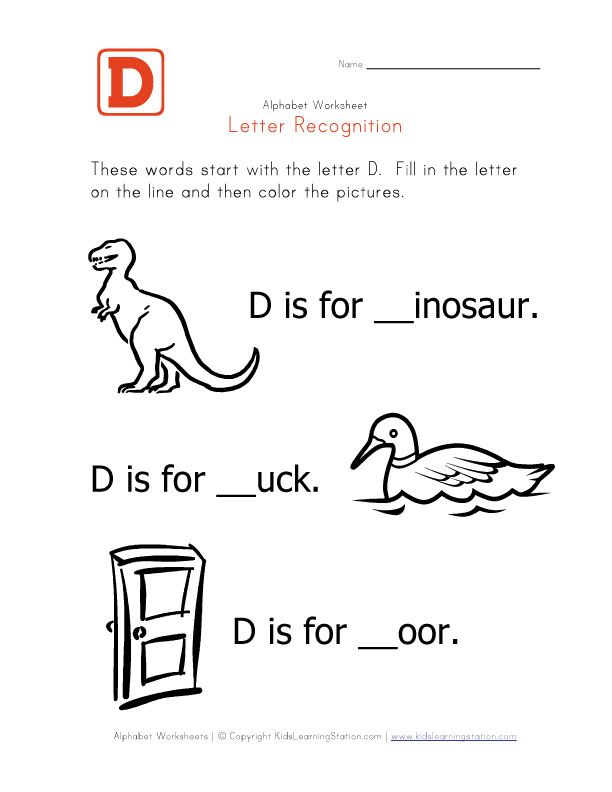 It is not difficult to play it, besides, this game perfectly trains the skills of recognizing vowels and consonants.
It is not difficult to play it, besides, this game perfectly trains the skills of recognizing vowels and consonants.
Rules: select a word (from three to five letters) and change only one letter in it. For example: t umba - r umba, m uka - r eka. Then we change the letter in the second word again, it turns out: t umba — r umba — z umba (dance), r uka — m ukamu r a. Next, we try to extend the chain. Whoever has the longer one wins!
We complicate: we take words of 6-8 letters and play by the same rules.
2. Cities
Everyone seems to know this game. What could be easier? But options are possible.
Rules : the first player revs the city, the next player must match the name of the city with the last letter of the previous one: Moskv a - A shkhabad.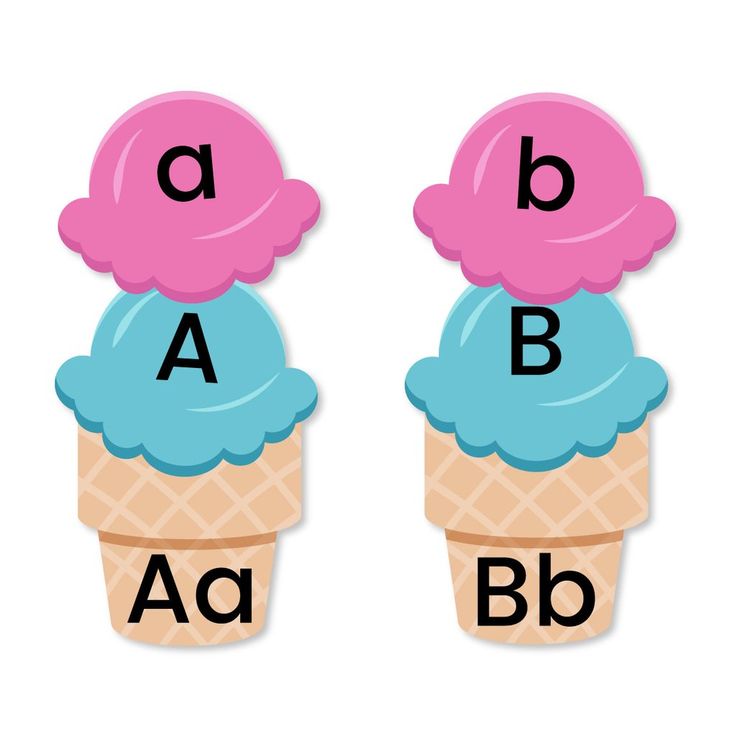 The disadvantage of this game is that the cities with the letter A will end pretty soon. In this case, you can switch to the game "Cities and Countries" or "Cities and Rivers" . By the way, you can also play with an atlas in your hands, because children do not know so many geographical names. And with the atlas it is convenient, informative and useful!
The disadvantage of this game is that the cities with the letter A will end pretty soon. In this case, you can switch to the game "Cities and Countries" or "Cities and Rivers" . By the way, you can also play with an atlas in your hands, because children do not know so many geographical names. And with the atlas it is convenient, informative and useful!
3 The Hidden Word
The Hidden Word is the beginning of an exciting game that never ends.
Rule: take a word and come up with a code for it: there should be one sentence for each letter of the selected word, and the sentences must be connected in meaning. You can play in teams or each for yourself, the one whose cipher will be the most logical in meaning wins.
For example, choose the word "Potato". The code could be:
K each A R recognize T smart O fields Sh rokogo K upola A atmosphere
It is not so easy to come up with a coherent text for a random selection of letters.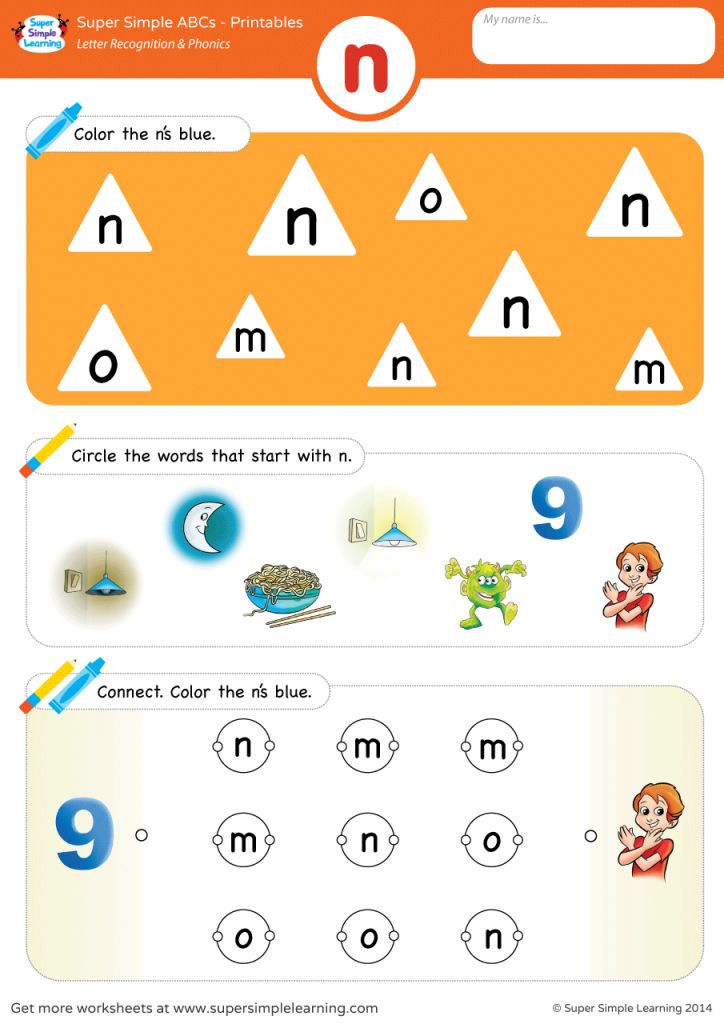 Sometimes the cipher texts turn out to be very funny, but in any case it is interesting to play!
Sometimes the cipher texts turn out to be very funny, but in any case it is interesting to play!
4. Spy encryption
Come up with your own version of the letter cipher and write a secret message. Give the "key" of the cipher to the other players and offer to quickly decipher your message. The “key” can be, for example, as follows: each letter corresponds to the next letter of the alphabet in order: A=B, B=C, and so on. The word "hello" in this case will look like this: RSKGEU.
5. Guess who and what?
Depending on the complexity of the hidden word, the game can be suitable for any age.
Rules: the host thinks of a word. If you play "Guess it?", it can be a historical character, a fairy-tale hero, a mythical character, a cartoon or movie hero, one of the people everyone knows (family member, classmate). If you play "Guess who?", then you agree in advance what the hidden word refers to (a household item, an animal, a natural phenomenon, or something else).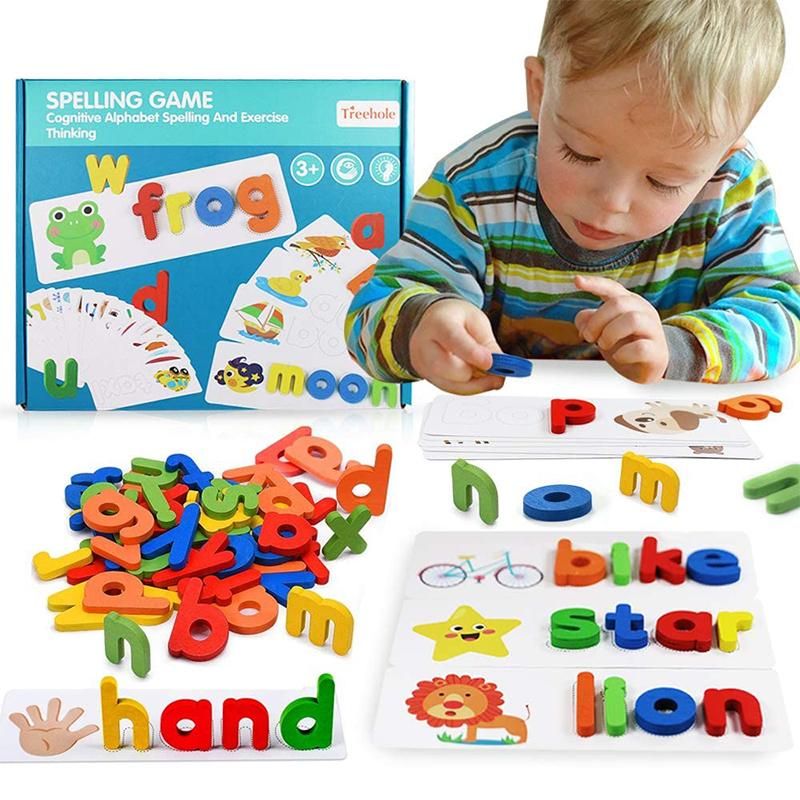 Next, the participants in the game ask leading questions to which the leader can only answer “yes” or “no”. The player who guesses the word first wins.
Next, the participants in the game ask leading questions to which the leader can only answer “yes” or “no”. The player who guesses the word first wins.
6. Who am I?
Variation on the theme of the game "Guess who and what?"
Rules: Each player writes a word on a self-adhesive piece of paper that can mean an object, phenomenon, person, character of a fairy tale, movie or cartoon, and sticks the piece of paper on the neighbor's forehead. Thus, the word is seen by all participants in the game, except for the one who has this word on his forehead. Each player, in turn, can ask those around him any questions about himself, the answer to which can only be “yes” and “no”. The winner of the game is the one who discovers "who am I" first. The game continues until all players have guessed themselves.
7. Crocodile
A good old game for a fun company of children and adults.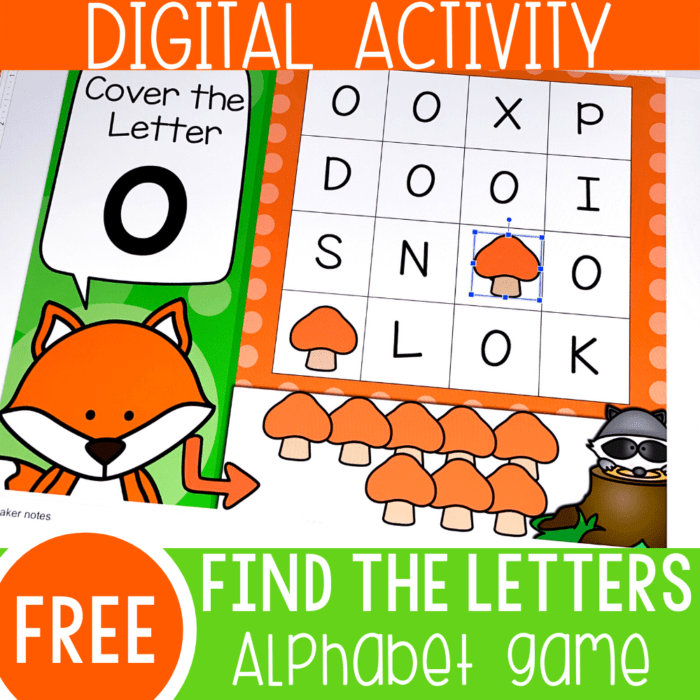
Rules : Players are divided into two or more teams. The host chooses (or the players themselves nominate) one candidate from the team, to whom, in secret, the host tells the word, which he must demonstrate to his team in any way. Pantomime, antics and jumping, waving arms and any grimaces are allowed. It is not allowed to pronounce and even articulate the hidden word without sound, write, draw, pronounce consonant words. The players themselves decide how much time is given for an explanation, usually 1 minute.
The older the players, the more difficult the host thinks of the word. How would you, for example, depict the word inflation?
8. Snowball
Great memory training game. Counselors in children's camps often use it to enable the guys to get to know each other and remember the names of everyone in the squad.
Rules : In clockwise order, everyone begins to give their names.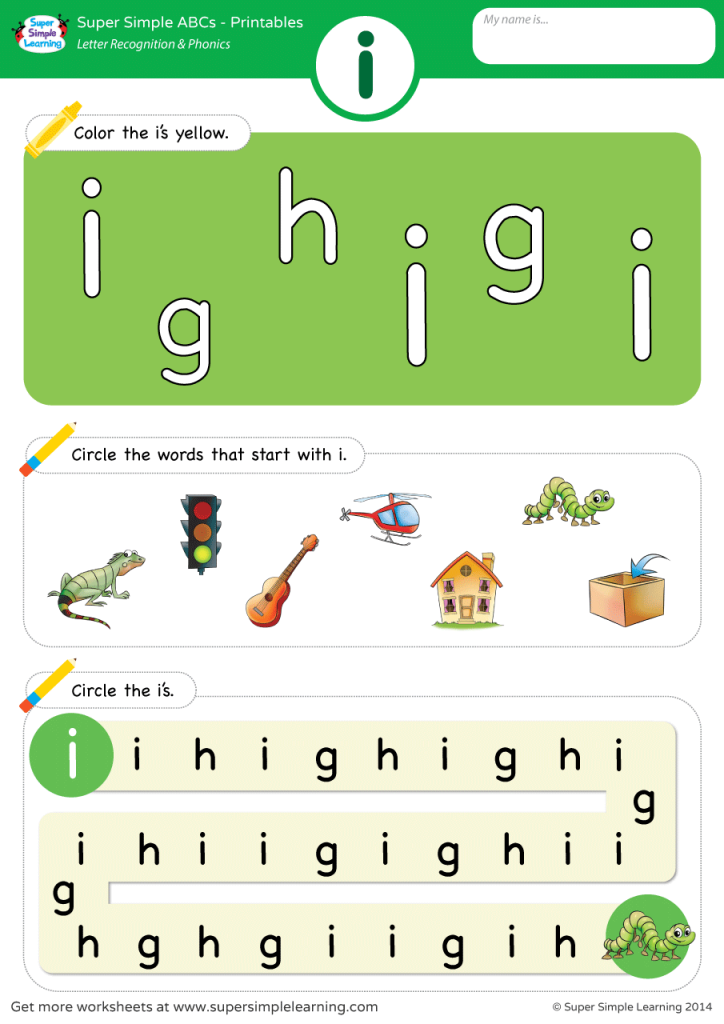 When all the names have been sounded, on the second round, each participant calls his name and the name of the neighbor on the right, for example: Natasha, Slava. The next player says his name and the previous two, and so the snowball of names grows until someone makes a mistake. If the company of players is small (for example, a family is traveling in a car), you can add funny unusual nicknames to patronymic names that everyone comes up with.
When all the names have been sounded, on the second round, each participant calls his name and the name of the neighbor on the right, for example: Natasha, Slava. The next player says his name and the previous two, and so the snowball of names grows until someone makes a mistake. If the company of players is small (for example, a family is traveling in a car), you can add funny unusual nicknames to patronymic names that everyone comes up with.
9. Diagonal
Game with pen and notepad. It is possible - for a while.
Rules: draw a square of 7x7 cells on a notebook sheet or in a notebook. Diagonally write a 7-letter word, for example - CARABAS. Passing the notebook to each other, each participant must enter the word horizontally in such a way that the already existing letter becomes part of it.
10. Bag of associations
This game is good to play with family or close friends or relatives.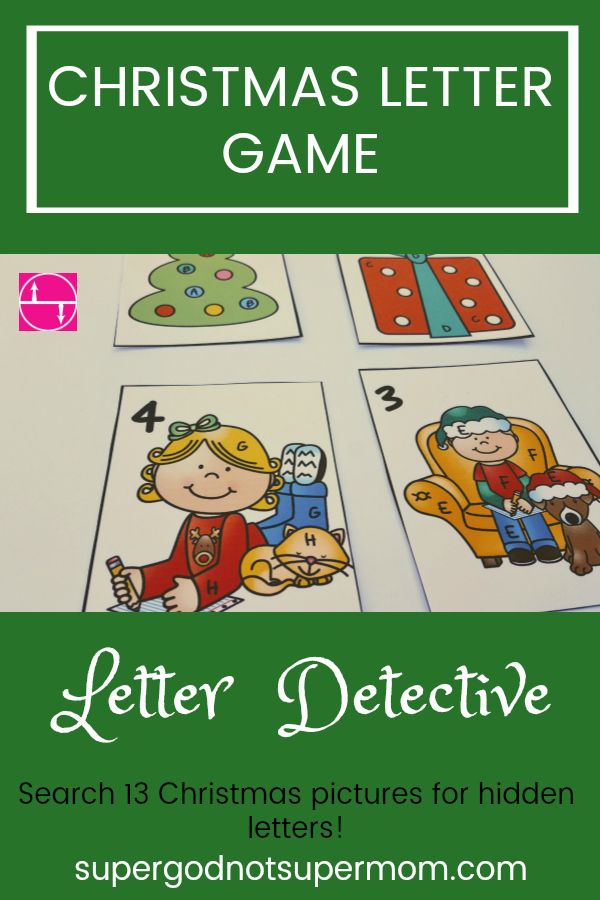
Rules: each player writes on a piece of paper a word with which he has some memory, association or story associated. The papers are folded and placed in a bag. Then each player pulls out their piece of paper, quickly remembers and tells their story associated with this word. It is very unexpected and interesting when there can be completely different responses to the same word. And how nice it is to remember something long forgotten or to hear a story rolled out by a child that you did not even suspect!
11. Nonsense
Children aged 5-10 love this game precisely because real nonsense comes out in the process and you can laugh heartily.
Rules: Each participant whispers any made-up word in the neighbor's ear. The host (preferably an adult) asks everyone a question, the answer to which will be the very word spoken in the ear. For example: - What did you eat for lunch today? — Cat.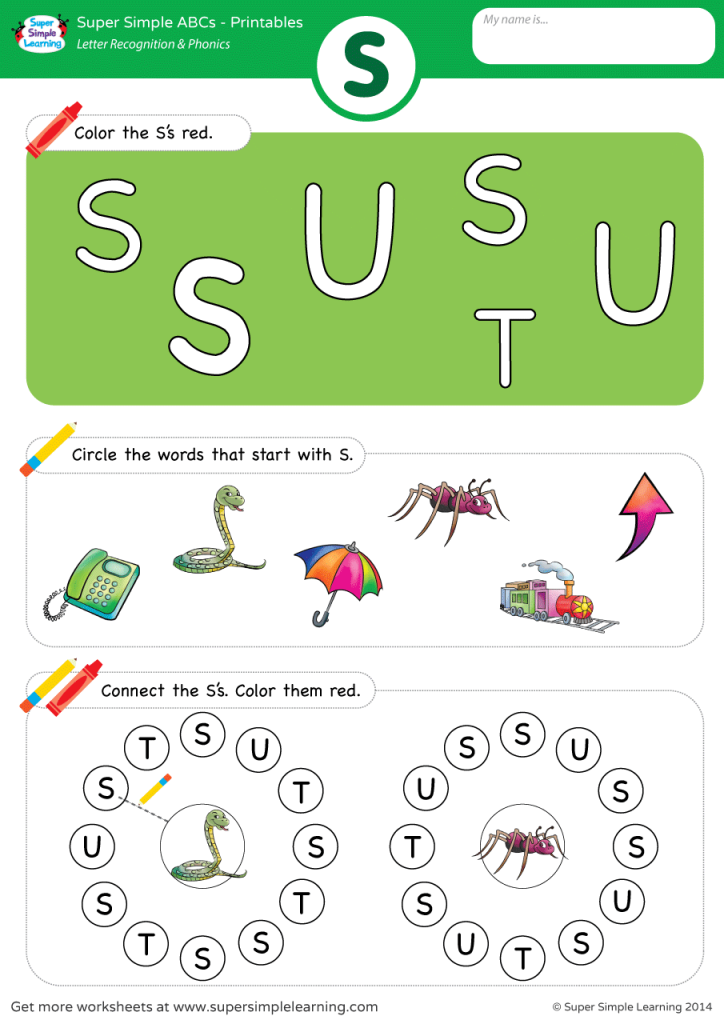 - Where do you live? - In car.
- Where do you live? - In car.
The next leader is the one whose answer turned out to be closest to reality - that is, NOT nonsense .
12. Edible-non-edible
An attention and reaction game for toddlers and younger teens.
Rules : do the guys stand or converge in a circle, the leader holds a small ball in his hands and throws it selectively by the players? Saying the word at the same time. The “edible” player must catch, the “inedible” should be discarded. There are many variations of this game. For example, about animals: "Flies, crawls or swims." We agreed that we catch everyone who flies, which means that there is no need to “catch” the rest. You can play different objects in the same way, classifying them according to some attribute.
13. Contact
A very gambling game in which, if you play with children, it is very easy to forget yourself and start pulling the blanket over yourself, preventing the children from understanding what's what.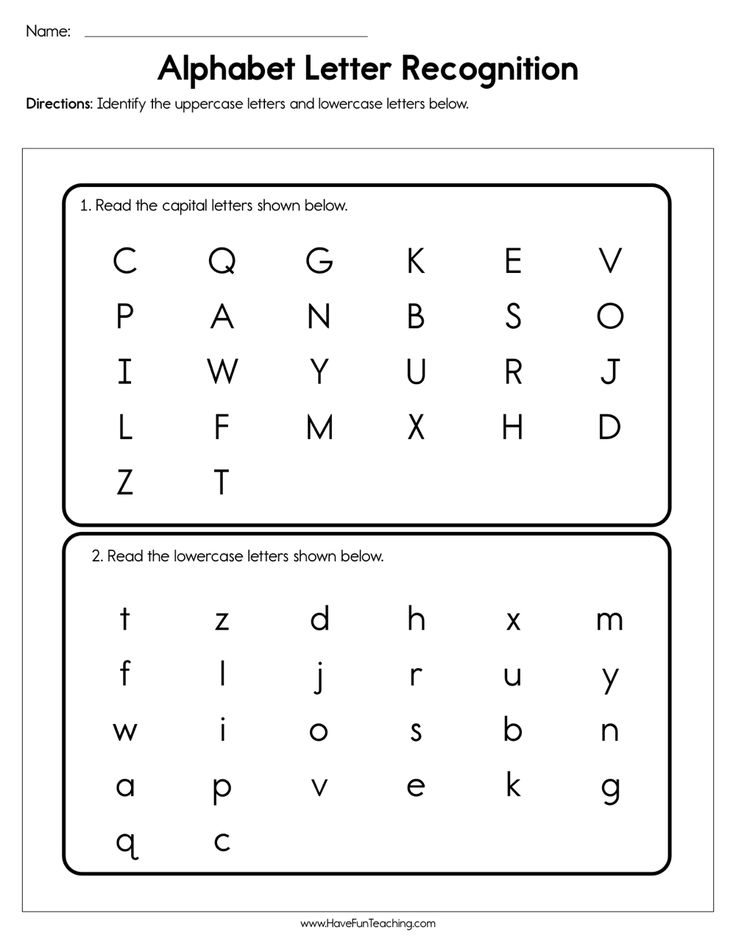
Rules: the host thinks of a word and tells the rest of the players only the first letter. For example, this word is "zebra". Each of the players comes up with his own word with the letter Z called by the leader and tries to explain it to others using gestures and pantomime (without words!), what exactly he was thinking, without naming it. If one of the players understood what the word was intended by the one who explains, he says "There is a contact!" and both (the one who explained and the one who responded) start counting down aloud from 10, and then each say their own word at the same time. Matched - the host calls the players the second letter in his word and the game continues, only now the players need to invent and explain the word with the initial letters Z and E already set. In case the word does not match, the players continue the game.
14. The pile is small
A useful game for developing imagination.